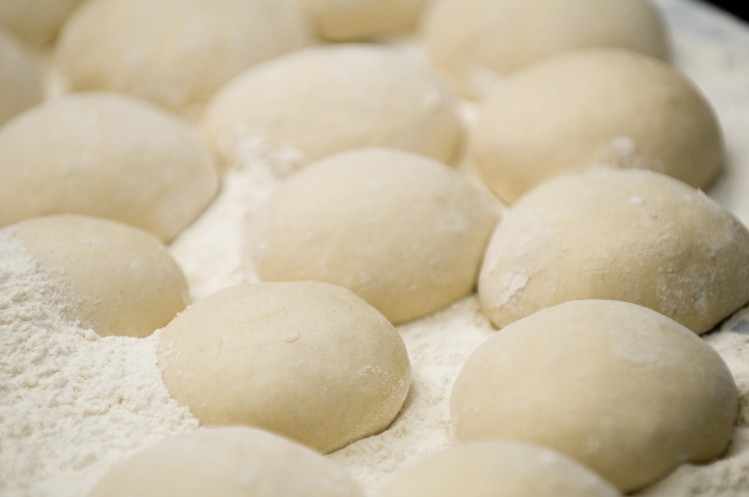Steamed v baked bread: Processing change impacts glycemic response

Published in Food Chemistry, researchers investigated how macronutrient composition and processing conditions differed between steamed bread and baked bread and how combining recipes and methods influenced GI.
Findings showed that modified steamed bread – made with a western baked bread recipe and oriental steamed bread process – had a reduced glycemic response.
The peak glycemic response for the modified steamed bread was 30 minutes, compared to 45 minutes for regular western baked bread.
“The study demonstrated for the first time that even with the use of identical bread recipe ingredients, the application of varied processing conditions, namely mixing time, mixing intensity, proofing period and method of cooking, resulted in lower starch digestibility in vitro and reduced glycemic response in vivo as compared to baked bread,” the researchers wrote.
Different low-GI potential?
However, the overall average GI in the breads remained unchanged.
Despite this, the researchers said changes to glycemic response through processing changes could provide manufacturers with a “new approach to manipulate the glycemic index of carbohydrate-rich foods”.
Traditionally, ingredients like beta-glucan, galactomannan, non-starch polysaccharides and polyols had been used to reduce the glycemic index of high GI foods, the researchers said, but this study showed glycemic response manipulation was possible without ingredient alterations.
The bread was steamed at 100°C for 10 minutes instead of baked at 210°C for 11 minutes. Mixing intensity and time were also lowered and proofing almost halved to 40 minutes instead of 70 minutes.
“The manipulation of physical structure, and in turn, starch digestibility, was brought about by differences in processing procedures. A more compact bread structure could have hindered the accessibility of amylase to starch granules, resulting in a slower rate of glucose release, and reduced glycemic response in oriental steamed breads and modified steamed breads,” they explained.
One negative, however, was that volumes were significantly lowered in modified steamed bread, despite the product containing high-protein flour typically found in baked breads.
The researchers said it was likely due to shorter mixing times with a lower intensity leading to insufficient development of the gluten network. “The combination of low energy input during dough development, as well as a shortened fermentation period, resulted in modified steamed bread having the least porous structure as compared to other types of bread.”
Source: Food Chemistry
Published online ahead of print, doi: 10.1016/j.foodchem.2014.10.040
“Can bread processing conditions alter glycemic response?”
Authors: E. Lau, YY. Soong, W. Zhou, J. Henry























